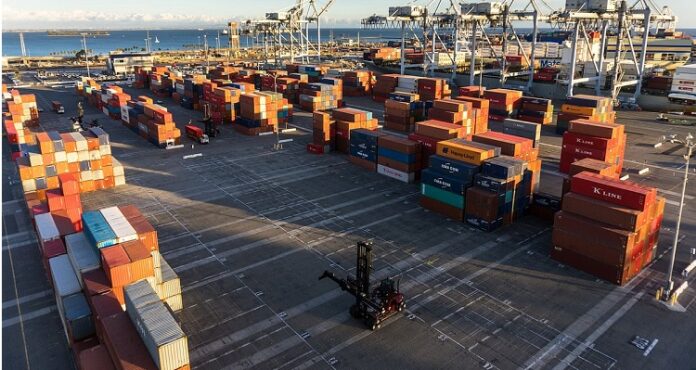| Subscribe to our YouTubeChannel |
|
|---|
Along with China, Japan, South Korea, New Zealand, and Australia, the RCEP includes 10 Southeast Asian economies.
On Sunday, fifteen Asia-Pacific countries signed the world’s largest free trade deal, seen as an immense coup for China in expanding its influence.
Together with China, Japan, South Korea, New Zealand, and Australia, the Regional Comprehensive Economic Partnership (RCEP) contains 10 Southeast Asian economies, with members responsible for about 30 percent of global GDP.
The deal was finally sealed at the end of a Southeast Asian summit, first proposed in 2012, as leaders push to get their pandemic-hit economies back on track.
Following the virtual signing, Chinese Premier Li Keqiang said Under current global circumstances, the fact that the RCEP was signed after eight years of negotiations creates a ray of light and hope among the clouds.”
“It clearly shows that multilateralism is the right way and that it is the right course for the global economy and the advancement of humanity.”
The deal to reduce tariffs and open up trade in services within the bloc does not include the United States and is seen as a Chinese-led alternative to a now-defunct economic initiative in Washington.
“It’s kind of an element of complementation.”
But many of the signatories are battling severe outbreaks of coronavirus and they also hope the RCEP can help mitigate the disease’s damaging economic cost.
Indonesia has recently fallen into its first recession for two decades, while the Philippine economy has weakened in the last quarter by 11.5 percent year on year.
Deborah Elms, executive director of the Asian Trade Centre, a Singapore-based consultancy, said, “Covid has reminded the region why trade matters and governments are more willing than ever to see meaningful economic development.”
Last year, India withdrew from the agreement over concerns about cheap Chinese goods entering the country and was a notable absentee during the virtual signing on Sunday.
At a later date, it can join if it wishes.
Even without India, over two billion people covered by the contract.
Crucially, by letting them export goods anywhere within the bloc without meeting separate requirements for each member, it should help reduce costs and make life simpler for businesses.
Intellectual property is affected by the deal, but environmental security and labor rights are not part of the pact.
After years of US retreat under President Donald Trump that saw Washington pull out of a trade agreement of its own, the Trans-Pacific Partnership (TPP), the deal is also seen as a way for China to write trade rules in the region.
Since Us multinationals would be able to benefit from RCEP through member-country subsidiaries, analysts said the arrangement could cause President-elect Joe Biden to question Washington’s regional engagement.
Rajiv Biswas, APAC chief economist at IHS Markit, said that the US eye could see the possible advantages of joining the TPP’s successor agreement, the Comprehensive and Progressive Agreement for Trans-Pacific Partnership (CPTPP).
“This is not, however, expected to be an immediate priority issue… given the significant negative response from many segments of the US electorate to the TPP negotiations due to concerns about US job losses to Asian countries,” he added.


















